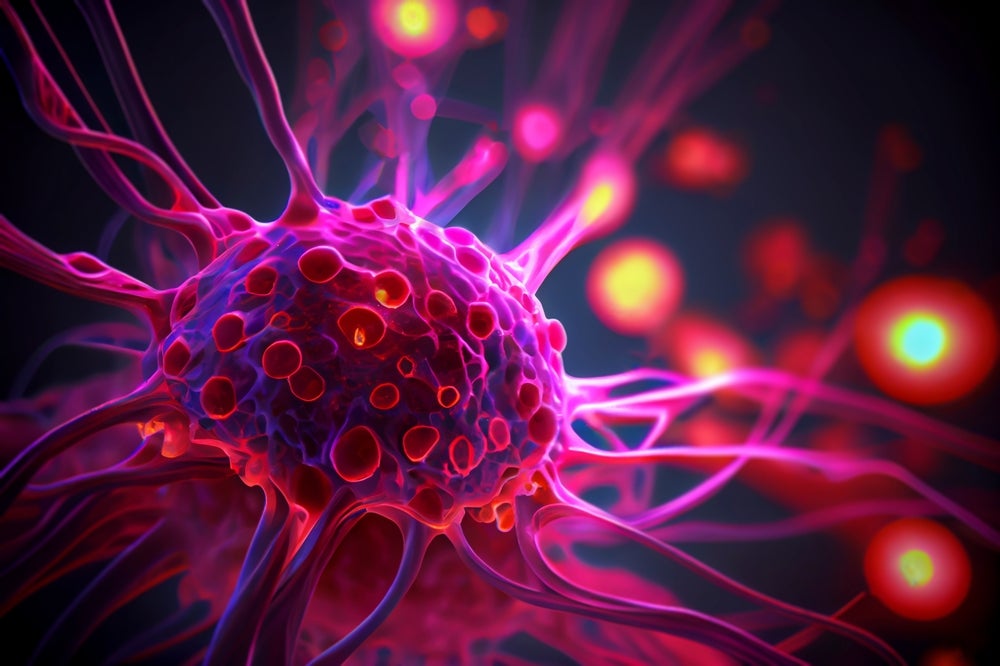When the pigmented cells within the skin known as melanocytes mutate, it can cause skin cancer.
It is the most common type of cancer in the US, with almost 5.5 million cases diagnosed each year.
How well do you really know your competitors?
Access the most comprehensive Company Profiles on the market, powered by GlobalData. Save hours of research. Gain competitive edge.

Thank you!
Your download email will arrive shortly
Not ready to buy yet? Download a free sample
We are confident about the unique quality of our Company Profiles. However, we want you to make the most beneficial decision for your business, so we offer a free sample that you can download by submitting the below form
By GlobalDataThere are different types of skin cancer, including melanoma, which is the most aggressive form.
Melanoma can spread through the skin and to other parts of the body if not detected and treated early.
Risk factors for developing melanoma include a family history of the condition, fair skin and hair colour, and intense or chronic exposure to UV light.
See Also:
UV light exposure is considered the leading risk factor for melanoma, and the main sources of UV rays are sunlight and tanning lamps or beds.
Early detection of skin cancer is crucial, as more than 90% of all skin cancer cases can be successfully treated if found early.
Treatment options for skin cancer include Mohs surgery, radiation therapy, immunotherapy, targeted therapy, and topical medications.
Mohs surgery is the standard of care in the treatment of non-melanoma skin cancer (NMSC).
It is a precise surgical technique that involves removing thin layers of cancerous tissue one at a time and examining them under a microscope until no more cancer cells are detected.
This procedure has a high cure rate and minimises the removal of healthy tissue.
Radiation therapy can be used as an alternative treatment for NMSC when surgery is not an option.
Superficial radiation therapy (SRT) and electronic brachytherapy (EBT) are two types of radiation therapy used to treat NMSC.
SRT delivers low-energy radiation directly to the skin surface while EBT delivers radiation from a small device placed directly on the skin.
Immunotherapy and targeted therapies can also be used depending on the stage of the disease.
For early diagnosis, topical medications such as creams or sprays are being developed for the treatment of skin cancer.
According to GlobalData’s Clinical Trials Database, the US dominates ongoing and planned trials of skin cancer treatments, hosting 51.2% of them, followed by China with 18.1%.
Top sponsors include the University of Texas MD Anderson Cancer Center, with 3.0% of all skin cancer trials, followed by the National Cancer Institute US with 2.6% of trials, and the University of Pittsburgh with 1.5% of trials.










